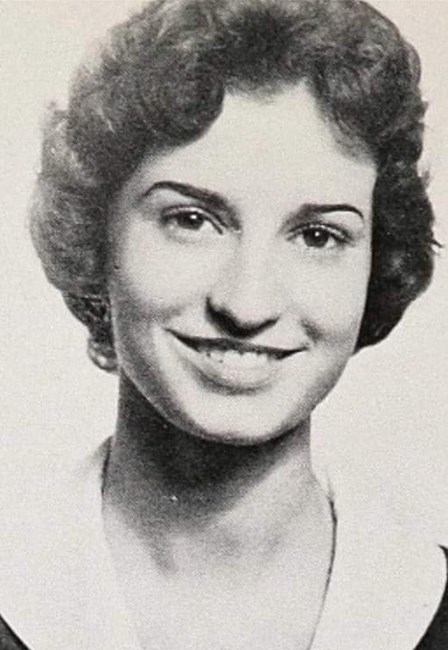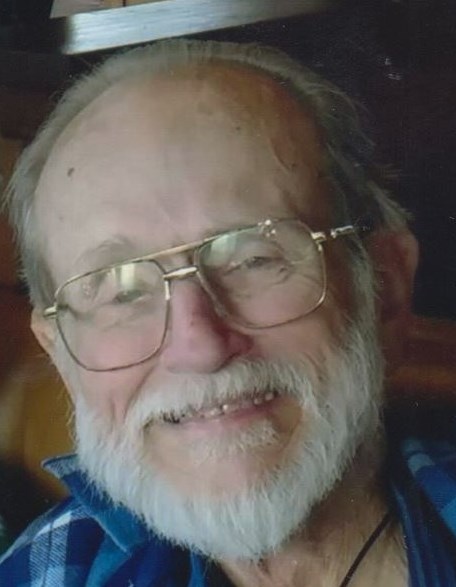“Hi, I’m Sara and I’m a name collector,” is how I imagine walking into a meeting of Genealogists Anonymous. “Hi Sara, welcome to our judgement-free zone,” is the imagined response.
“Name collecting” has negative connotations in the genealogy community, a feeling that you aren’t doing your research in the “right way”, maybe just grabbing at shaky leaves at a certain site, maybe failing to document sources.
My version of name collecting is a little different – it’s an extension of the tried and true FAN club principle – (Friends, Associates, and Neighbors), aka cluster research or collateral research. In my case, I use the technique on families that I currently have no connection to, in hope of eventually finding a connection.
The background
For several years, I have been working on an informal “not-quite-one-name study” of variant spellings of my surname. My family has consistently used the spelling of BUNTYN for over 200 years. But there are many spelling variations of the name – notably BUNTING, BUNTIN, and BUNTON, but also BANTON and BENTON. Spelling just really depends on how one hears a name pronounced and interprets it.
I used to note spelling variants only in the specific counties my family has lived in, mainly across the Southern United States. We started out in records in North Carolina in the 1790s, spreading south and west over the generations – Alabama, Florida, Georgia, Louisiana, Mississippi, South Carolina, Tennessee, Texas…
My branch of the Buntyn family migrated to Texas from Georgia in the l890s. But they weren’t the first of the family to come here. A great-uncle had migrated to Texas from Mississippi before 1850. I had no luck looking for members of that branch in census records and the like after 1860. A family using our spelling of BUNTYN had popped up in Mason County, Texas, on the 1880 census, but I couldn’t link them to our tree. For a long time, I researched records in only those counties in which I had found our family spelling, looking at variants as well – Cass, Hill, Johnson, Lee, Mason, Milam, Wilbarger, and Williamson Counties. I found some records, but nothing that really linked us together.
The plan
This past summer, I decided to expand my research. I’m going to look at all records for all variants of Buntyn in all of the record groups/databases digitally available at FamilySearch for the state of Texas. I’ll supplement this research with “clue-finding” at FindAGrave. I chose Texas because it’s the end-point of migration for my Buntyn branch. It’s an ambitious project that will take me quite some time to complete.
I’ll be honest – it is name collecting. I’m going to put people in my RootsMagic database that may end up having no connection to my family. That’s okay – I may very well end up connecting all of us over time. And I’ll document EVERYTHING – every fact has to have a proper source.
The progress
I started off with World War II draft registration cards. I entered records for all name variants of Buntyn, making notations of next of kin, etc.
I moved on to marriage records – and stopped about 1/4 of the way through. I realized I first needed to connect these brides with their parental families, before I go crazy entering marriages.
So I moved on to census records. So far I’ve input names for 1850 (5 families), 1860 (17 families), 1870 (21 families) and 1880 (41 families). I’m currently working my way through the 1900 census (no family count yet)
The results (so far)
I’ve already had success, of sorts.
The David BUNTING family settled in Gonzales County, Texas, around 1846, having migrated from Nash County, North Carolina. My BUNTYNs lived in the swampy borderland between Edgecombe and Pitt Counties some 50 years earlier, with extended family in Halifax, Martin, and Nash Counties. Are these families connected? My intuition says yes – more research will hopefully establish the connection.
By browsing census images for the counties, I found non-Buntyn families that I had not yet looked for in census records.
The 1850 enumeration of Bastrop County, Texas, listed the families of my 3rd great-grandfather Elias STANLEY, his brother John, and their MEEKS and HOLLY sons-in-law living a few pages away from Lyndon Baines Johnson’s 1st great-granduncle, Desha BUNTON.
The 1850 enumeration of Gonzales County, Texas, listed the families of the aforementioned David BUNTING and his WOODS and BOON/BURKETT sons-in-law in the midst of BARBER, IVES, MALEY, and STEPHENS/STEVENS families (my kinfolk on my mother’s side, who had all migrated from old Liberty County, Texas), and just 2 pages later, the family of William Henry Harrison BALDRIDGE (who had “gone to Texas, no further information” in the records of my husband’s Missouri kinfolk).
The future
I’m going to enter families for the 1900, 1910, 1920, 1930 and 1940 censuses. Then I’ll go back to marriages, then births, then deaths. Then any other Texas record sets available at FamilySearch. This project will take me at least a year, maybe even two, of daily work.
Eventually, I’ll repeat similar research in the records of other Southern states, reversing our migration path back to North Carolina.
I’m sure I’ll link many families together, even if I never connect them to mine.




